Continuing in the Island Parent JDRF Youth Ambassador profiles, here’s 2009. I’ve added some images because, well, it’s my blog and I can…besides, it makes it easier to plow through all the text…
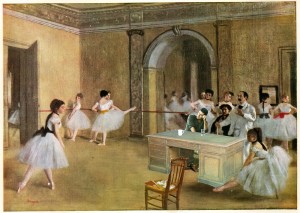 Tomas Kalyniuk, 8, wants to be the best goalie in the world; Jessica Schmidt, 8, plans on being a singer, dancer and, if she’s lucky, a clown; Jacob Thomas, 10, is torn between being a martial arts specialist or a massage therapist. At first glance, all they have in common is their shared role as Vancouver Island’s Telus 2009 JDRF Youth Ambassadors.
Tomas Kalyniuk, 8, wants to be the best goalie in the world; Jessica Schmidt, 8, plans on being a singer, dancer and, if she’s lucky, a clown; Jacob Thomas, 10, is torn between being a martial arts specialist or a massage therapist. At first glance, all they have in common is their shared role as Vancouver Island’s Telus 2009 JDRF Youth Ambassadors.
The other thing they have in common is lack of surprise about people with Type 1 Diabetes climbing Mount Everest, playing in the NHL or winning Academy Awards. As Tomas says, “Well, yeah, of course they can do whatever stuff they want: they just have to take their insulin and test kits.”
 Carmen Welta, Tomas’s mother, laughs when she talks about how she tried promoting Bobby Clark to her son as a role model. Bobby was diagnosed when he was 13 but went on to fight attitudes of the day by playing in the NHL on the Philadelphia Flyers. Diabetes never stopped him from being the most famous of the broad street bullies and a Stanley Cup champion.
Carmen Welta, Tomas’s mother, laughs when she talks about how she tried promoting Bobby Clark to her son as a role model. Bobby was diagnosed when he was 13 but went on to fight attitudes of the day by playing in the NHL on the Philadelphia Flyers. Diabetes never stopped him from being the most famous of the broad street bullies and a Stanley Cup champion.
Tomas knows all about Bobby Clark constantly sipping sugar laced cola on the bench and “peeing on a stick to figure out what his blood sugars were, like, maybe hours ago.” All it means to him, however, is technology has made life for anyone with Type 1 a lot easier. Bobby did what he had to do and Tomas fully expects to do the same.
Jessica learned about Type 1 Diabetes in kindergarten when a nurse educator talked to the class. The next year a well informed teacher picked up on her student’s sudden frequent trips to the bathroom and excessive thirst; she knew this wasn’t an attempt to disrupt classroom discipline but the warning signs of a chronic illness. She phoned Jenny suggesting a trip to the doctor for Jessica might be a good idea.
“I didn’t know there was a difference between this and Type 2…I thought she could take pills for this. Jessica knew all about it: ‘no mom,’ she told me, ‘I’ll need to take needles every day.’”
Even today in this country children die because these early warning signs are ignored by the adults in a position to help: education and understanding go a long way in saving lives as well as improving the quality of life for Canadians with Type 1 diabetes.
Susan Thomas became concerned when her son, Jacob, spent play dates rummaging through friends’ refrigerators and suddenly having night time incontinence. When tests for another problem revealed high blood sugars one day but normal the next her own doctor said the boy was too fit, too healthy to be diabetic. Weeks later, giving in to Susan’s pressure the doctor did another blood test. The next day the locum called Susan saying she had to get Jacob to the hospital as soon as possible. “There’s a bed in the ICU waiting for him.’”
It’s always a shotgun start for this new life as a family with Type 1. Carmen spent the first weekend in hospital with Tomas, waiting to talk to the dietician, wondering the whole time if her son could have a cheeseburger ever again. Tomas snickers at how his mother was convinced he’d spend the rest of his life on a diet of oatmeal and milk.
Jacob and Tomas wear insulin pumps and Jessica is happy with the control from new long acting types of insulin. They know they are living a better life than was possible even 10 years ago and that Canada is the world leader in research and technology for Type 1 Diabetes.
“We want a cure”, Carmen points out, “but in the meantime technology is making life better.”
Research is their one hope for a future without the certainty of neuropathy, amputations, kidney failure, heart disease, blindness. Imagine being a 10 year old child who knows not only what these words mean but they are a certainty in your future.
Now imagine you can make a difference.

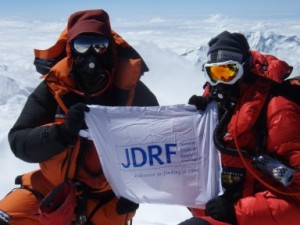
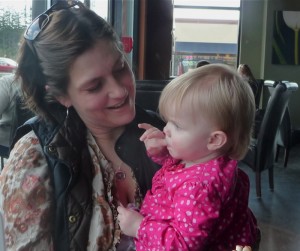

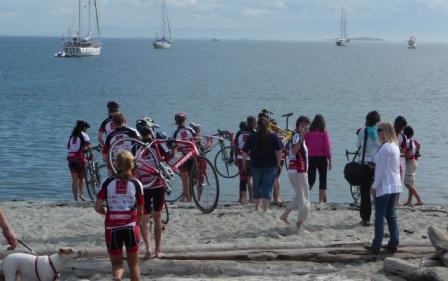


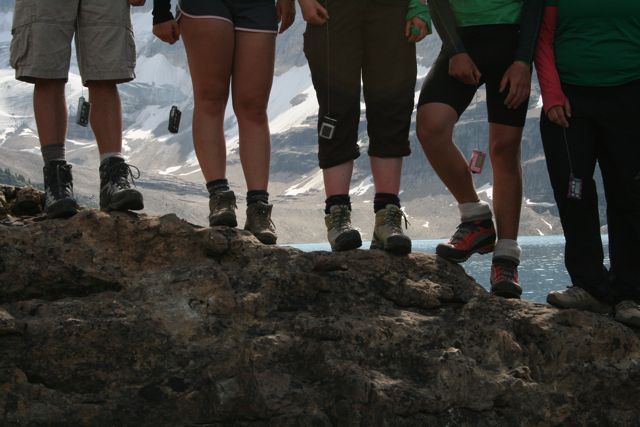
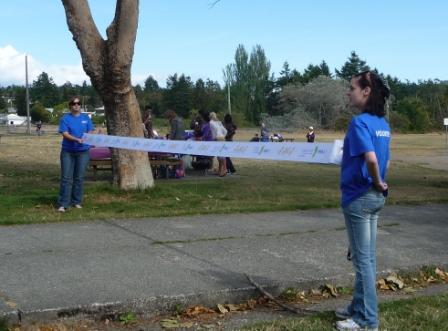
 I have the grand title of “
I have the grand title of “
